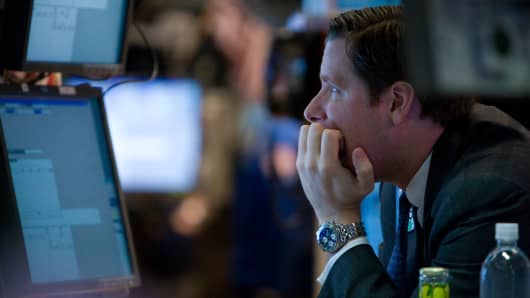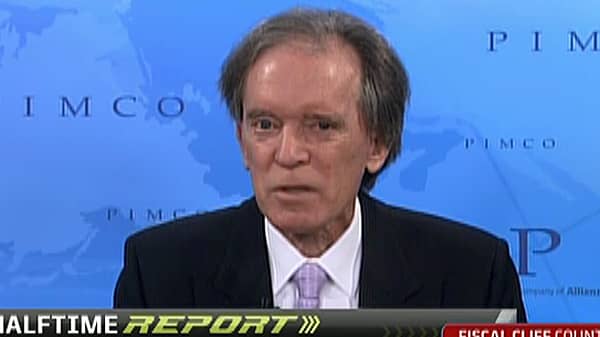The void has been filled by Japan, which now holds $1.13 trillion - up 12.7 percent - as well as a cadre of smaller countries such as Taiwan, Switzerland and Hong Kong, all of which substantially added to their positions through the course of 2012.
Ireland, for instance, holds just $93 billion, but that's a 40 percent increase in a 12-month period.
It's hard to tell what might dissuade foreign interest in U.S. debt, and that might be the scariest part.
"It may well turn out to be one of those black-swan events," Tonelson said. "It will be upon us before we know it and before there's time to react."
One possible timeline: The Fed continues its policies, Congress plays kick-the-can with the fiscal cliff issues and foreign buyers decide Treasury yields are too low to guard against inflation risk, causing borrowing costs for the government to surge and disaster to strike. (Read More: What Pimco's Bill Gross Sees Going Higher in 2013)
Such a scenario is in the offing - but might not happen until 2015, said Fed critic Michael Pento.
"That will occur," said Pento, an economist and head of Pento Portfolio Strategies. "It doesn't have to be a watershed moment on the part of foreign creditors. All they have to do is demand a much higher yield at much lower prices - and that is going to occur by 2015 - and that sets off a death spiral where you have bond prices falling and yields rising."
As Washington tries to find a way to avoid both a debt crisis and a recession that will come with the full cliff effects, investors may be missing the bigger point.
After all, the market essentially has been flat over the past seven months, indicating that the Fed has been successful primarily only in plugging the dam.
"The fiscal cliff was not a curse sent to Earth by an asteroid," Pento said. "This was an attempt by Washington to finally control our spending and our nasty habit of raising the debt ceiling at our every whim."
With the Fed underwriting the debt and the market going on its merry way, fiscal restraint could prove elusive.
So while asset prices rise and yields stay low, the Fed's market support could yet give way to the "unintended consequences" to which El-Erian referred.
"We're heading to a bond market and dollar crisis over the next decade," Pento said. "The Fed has been very effective in enabling that to happen."






